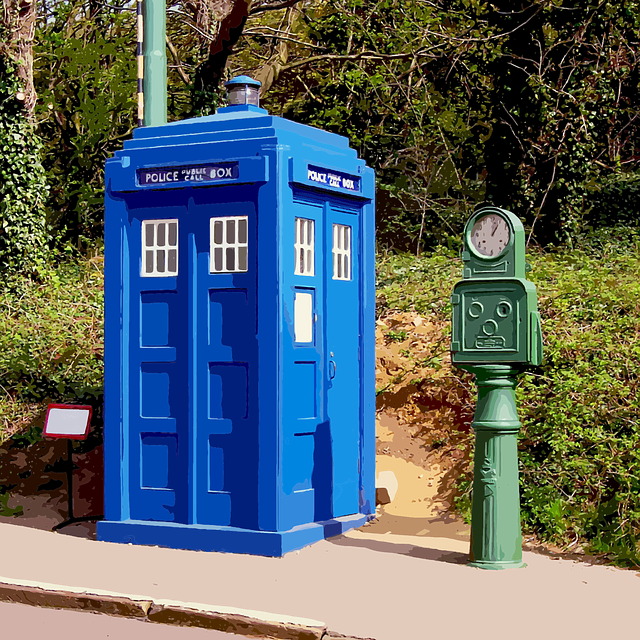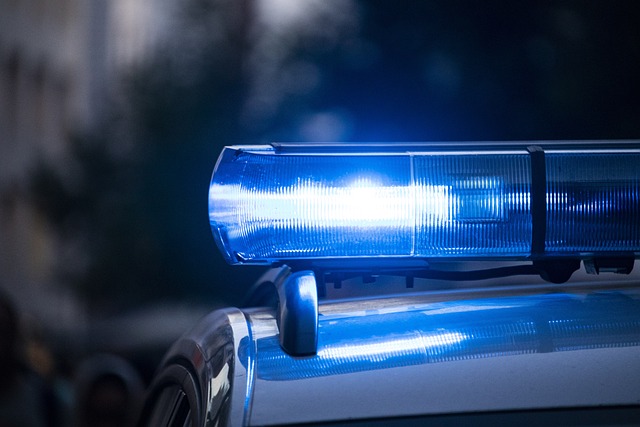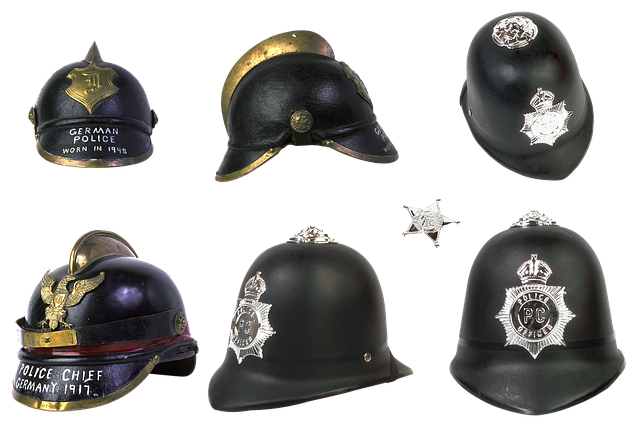Securities class actions rely on forensic evidence to expose corporate fraud, but navigating its challenge in court is complex. Experts must scrutinize digital records and financial statements for biases or errors. Lawyers employ strategic cross-examination, counter-arguments, and staying updated on tech advancements to effectively challenge forensic evidence. Case studies, like a successful challenge resulting in a substantial settlement, offer critical insights into winning strategies for navigating the court process, emphasizing the importance of meticulous investigation and expert testimony.
“Securities Class Actions: Navigating Legal Battles with Forensic Evidence
In the complex realm of financial litigation, securities class actions present unique challenges. This article explores the intricate legal framework surrounding these cases, focusing on the pivotal role of forensic evidence. We delve into how expert analysis can shape outcomes and uncover potential fraud. Furthermore, we examine real-world case studies to highlight successes and lessons learned. Understanding when—and how—to challenge forensic evidence in court is crucial for achieving justice, as demonstrated by various strategies employed by legal professionals.”
- Understanding Securities Class Actions: A Legal Framework
- The Role of Forensic Evidence in These Cases
- Challenges and Strategies to Dispute Forensic Evidence
- Case Studies: Successes and Lessons Learned
Understanding Securities Class Actions: A Legal Framework
Securities class actions are a legal framework designed to protect investors from fraudulent or wrongful acts committed by corporations. When a group of investors believes they’ve been harmed by deceptive practices, they can band together and file a class-action lawsuit. This collective action allows for increased leverage against powerful entities, ensuring that wrongdoings don’t go unnoticed or unpunished. The process involves extensive investigative work to gather evidence, which is crucial in determining liability and the extent of damages.
Understanding how to challenge forensic evidence in court is essential in these cases. Forensic experts play a significant role in analyzing financial records, digital data, and other relevant information to build a compelling case. Corporate and individual clients alike must be adept at questioning the methodology, conclusions, and potential biases behind the presented evidence. By navigating all stages of the investigative and enforcement process, plaintiffs can ensure that their rights are protected and that justice is served.
The Role of Forensic Evidence in These Cases
Forensic evidence plays a pivotal role in securities class action cases, serving as a crucial tool for both plaintiffs and defendants. It helps uncover financial irregularities, manipulate data, or any wrongdoings that have led to significant losses for investors. However, navigating how to challenge forensic evidence in court is an art. Experts must employ sophisticated methods to scrutinize the integrity of digital records, financial statements, and data analyses presented as evidence. This involves a deep understanding of computer forensics, accounting practices, and statistical analysis to identify potential biases or errors that could skew the outcome.
In these highly technical battles, achieving extraordinary results often hinges on meticulous attention to detail. Across the country, jury trials in securities class actions are closely scrutinized, making it imperative for legal teams to present compelling counter-arguments against forensic evidence. By presenting alternative interpretations and rigorous cross-examination, attorneys can challenge the reliability of such evidence, ultimately impacting the case’s trajectory and potentially leading to more favorable outcomes for their clients.
Challenges and Strategies to Dispute Forensic Evidence
Forensic evidence plays a pivotal role in securities class action cases, but challenges often arise when presenting this evidence in court. One of the primary hurdles is ensuring its reliability and authenticity. Defendants may attempt to discredit experts or question the methodology used, especially as technology evolves rapidly. For instance, digital forensics has seen advancements in data recovery and analysis techniques, which can lead to disputes over what constitutes admissible proof. Lawyers must stay updated with these developments to counter opposing arguments effectively.
Strategizing to challenge forensic evidence involves a multi-faceted approach. Legal teams should focus on meticulous cross-examination of experts to expose any flaws or biases. Additionally, utilizing the expertise of counter-experts can provide fresh perspectives and identify inconsistencies. Building a strong foundation of legal precedents related to forensic admissibility is also crucial. By navigating these challenges successfully, attorneys can protect their clients’ interests, especially across the country in diverse philanthropic and political communities, ensuring fairness and potentially avoiding indictment.
Case Studies: Successes and Lessons Learned
In the realm of securities class actions, case studies offer invaluable insights into both successes and lessons learned. One notable example is a high-stakes case where plaintiffs successfully challenged a company’s forensic evidence, ultimately securing a significant settlement. Through meticulous investigation and expert witness testimony, they exposed inconsistencies in the defendant’s financial records, demonstrating manipulation and fraud. This strategy proved crucial in winning challenging defense verdicts and set a precedent for future cases.
The process of how to challenge forensic evidence in court is intricate, requiring a deep understanding of accounting practices and potential biases. In jury trials, presenting compelling alternative interpretations and questioning the integrity of data collection methods can sway public opinion. As these cases unfold, plaintiffs’ attorneys must navigate complex legal landscapes, ensuring their arguments are not only technically sound but also resonate with jurors. This approach has led to several notable victories, reshaping corporate accountability in the financial sector.
Securities class actions, guided by a robust legal framework, rely heavily on forensic evidence to uncover fraud. However, navigating these complex cases presents challenges, particularly when disputing forensic findings. Understanding how to effectively challenge such evidence is key to achieving justice. By examining real-world case studies and adopting strategic approaches, plaintiffs’ attorneys can navigate these hurdles and secure favorable outcomes. Mastering the art of disputing forensic evidence in securities litigation is an essential step towards holding wrongdoers accountable and protecting investors in today’s financial landscape.






